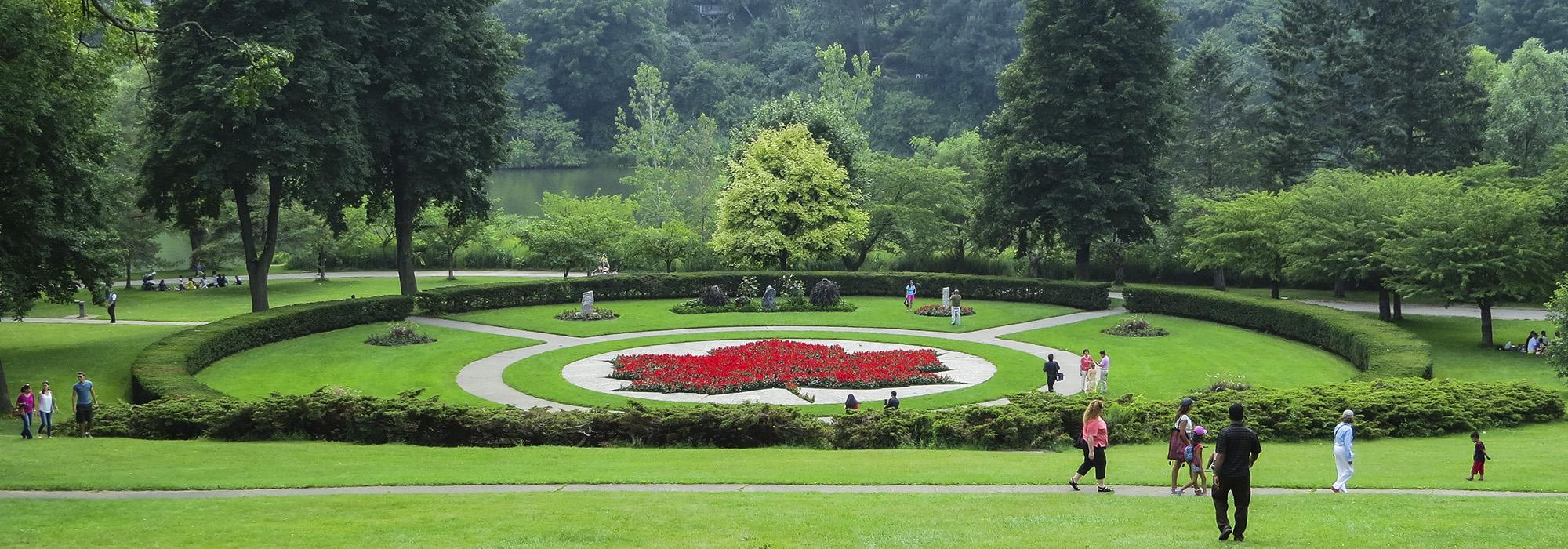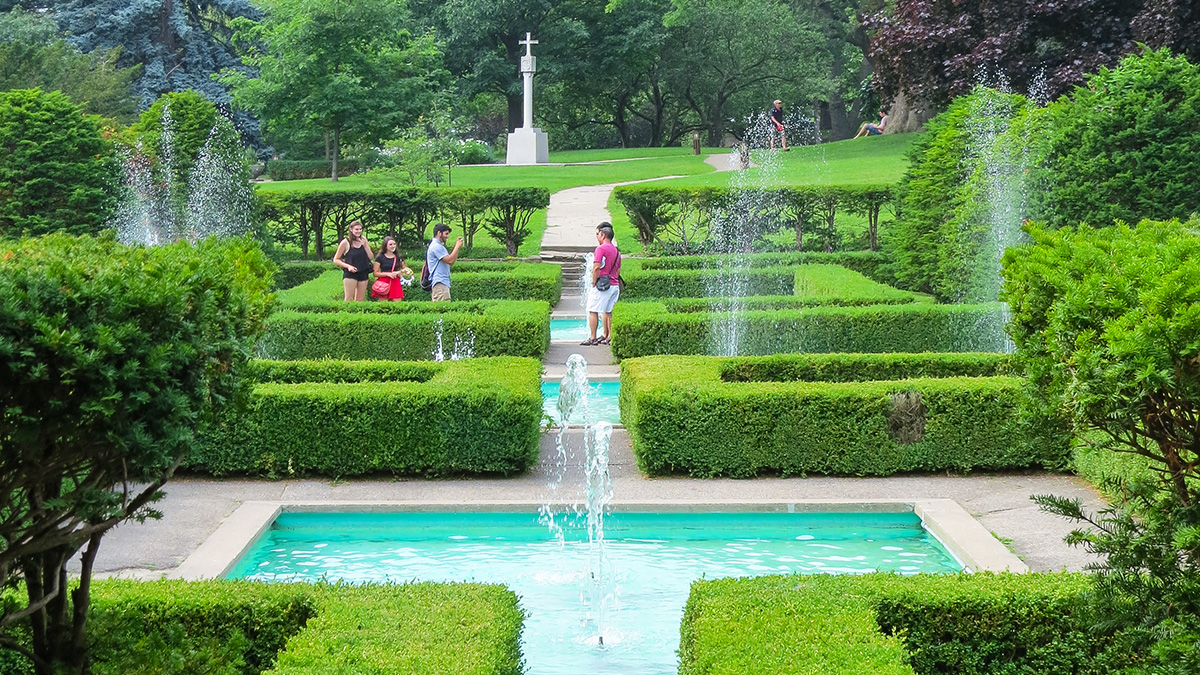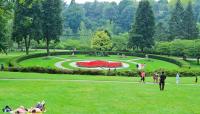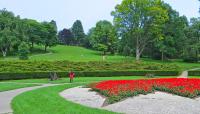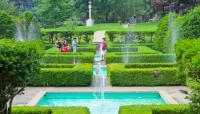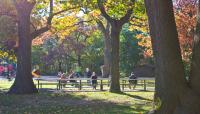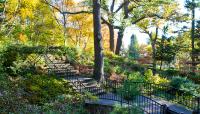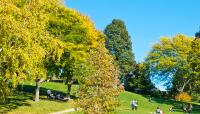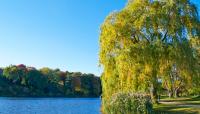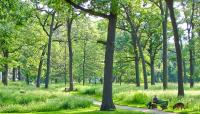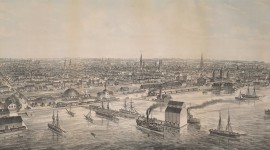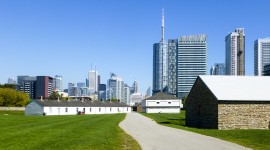Landscape Information
Located on undulating land and supporting remnant black oak savanna in the Humber River watershed, this 161-hectare park comprises a diversity of ecological zones as well as areas designated for active and passive recreation. Settled in 1836 by architect John Howard and named High Park for its position overlooking Lake Ontario, Howard constructed his Regency-style Colborne Lodge in the southern part of the property and surrounded it with orchards and gardens. In 1873, Howard deeded his 66.4-hectare property to the City under stipulation that it would remain undeveloped and be used as a park. In 1876 the city purchased 70 hectares abutting the east side of the property. Howard lived at Colborne Lodge until his death in 1890 and is buried nearby with his wife in a tomb of granite boulders he designed, enclosed by railing from St. Paul’s Cathedral in London. To the west of the park, the 14.2 hectare Grenadier Pond was used for ice harvesting until it and the surrounding property was purchased by the City in 1930, increasing the park by 29 hectares. In the 1950s the park’s connection to Humber Bay was severed when 7.3 hectares was annexed for construction of the Queensway.
Throughout the twentieth century, the natural landscape has been enhanced by the construction of picturesque roads and the planting of non-native trees and groundcover. Since the 1950s, several ornamental gardens have been introduced, including the Maple Leaf Flower Bed and an allotment garden, where community members may plant vegetables and flowers. Centralized recreational facilities include a zoo, athletic fields, an amphitheater, and an artificial ice rink.



